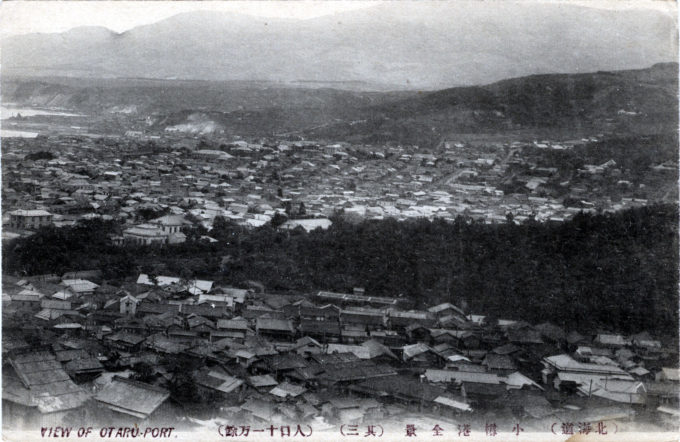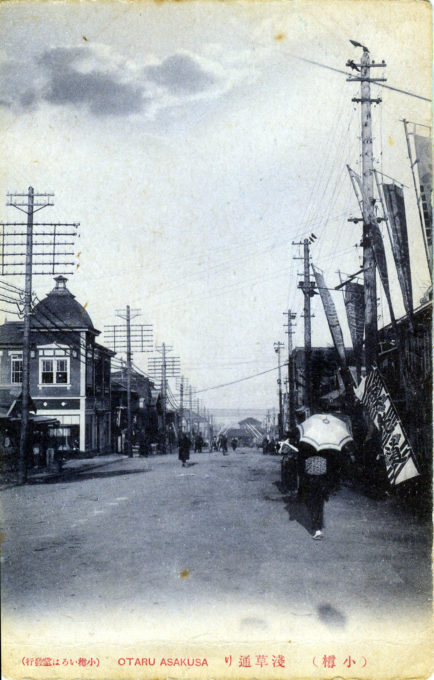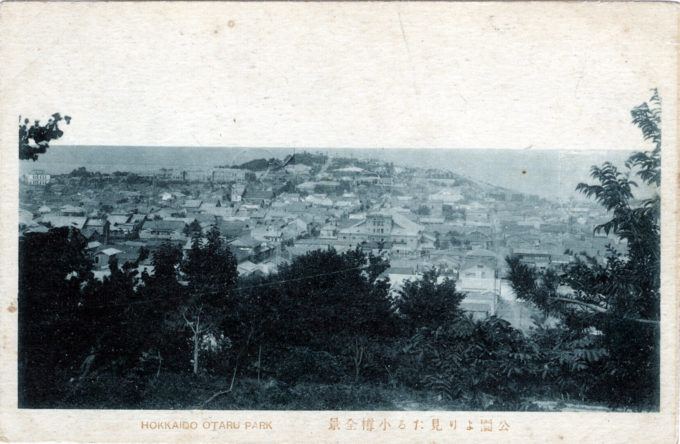Dating from AD 400, the name ‘Otaru’ is of Ainu origin, possibly meaning ‘river running through the sandy beach’.
An Imperial decree in July 1899 established Otaru as an open port in Hokkaido for trading with the United States and the United Kingdom. In 1880 the first railway line in Hokkaido was opened with daily service between Otaru and Sapporo.
The city flourished well as the financial and business center in Hokkaido as well as the trade port with Japanese-ruled southern Sakhalin until the 1920s. As the coal industry around the city went into a decline, the status of economic hub shifted from Otaru to Sapporo.”
Otaru’s most famous citizen is perhaps actress Miyoshi Umeki who was born in Otaru in 1929. After World War II, Umeki began her career as a nightclub singer in Japan, using the name Nancy Umeki. Her early influences were traditional Kabuki theater and American pop music. She moved to the United States in 1955 and after appearing on the Arthur Godfrey Talent Scouts (she was a series regular for one season), she signed with the Mercury Records label and released several singles and two albums.
Her appearances on the Godfrey program brought her to the attention of director Joshua Logan, who cast her in Sayonara. Umeki won an Academy Award for Best Supporting Actress for her role in Sayonara. She was the first Asian performer to win an Academy Award for acting. From 1969–1972 she appeared in The Courtship of Eddie’s Father as Mrs. Livingston, the housekeeper, for which she was again nominated for a Golden Globe Award. She retired from acting following the end of the series.




